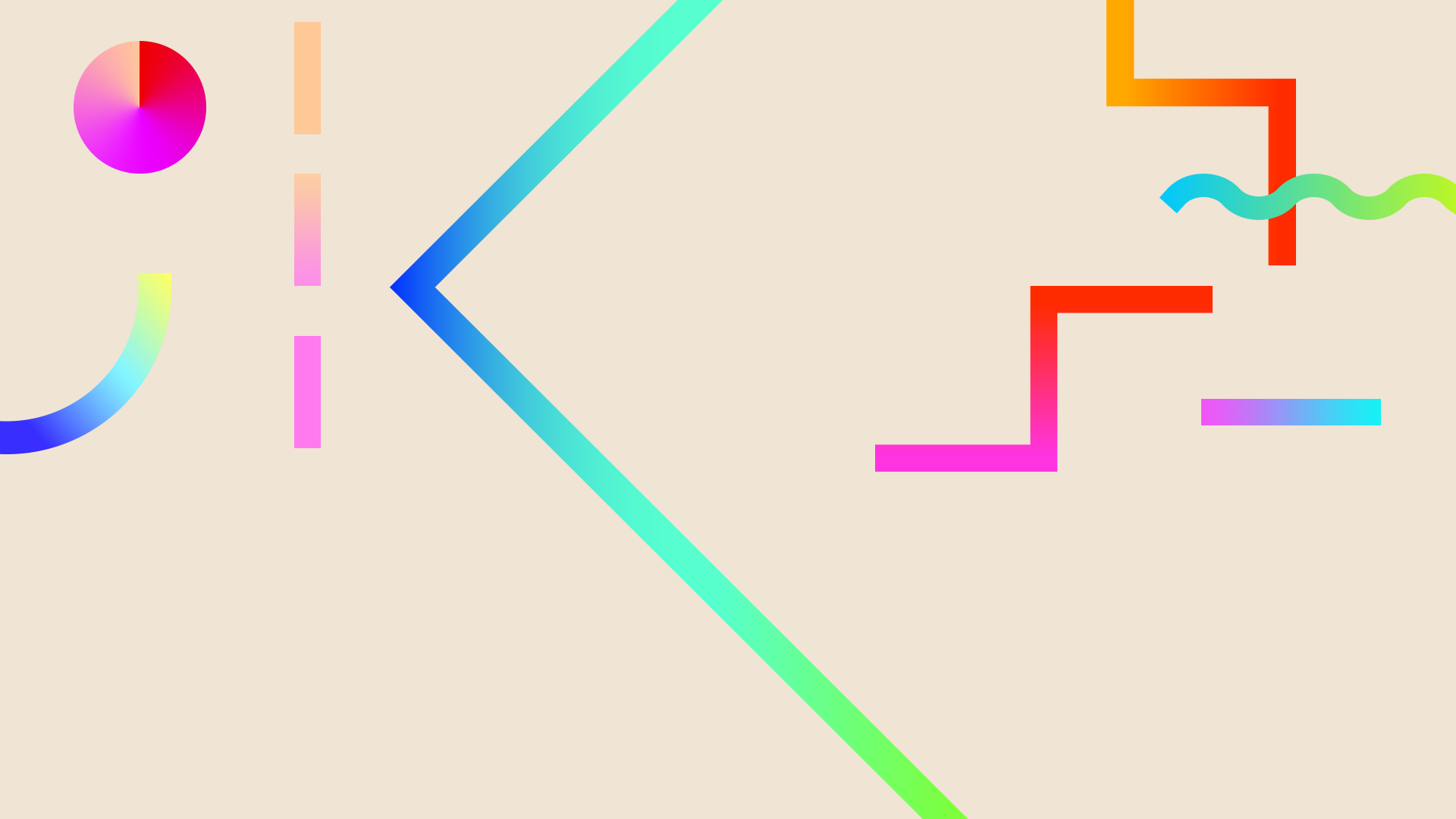Embodied Sculpted Analysis
- Zena Kirby
- Apr 6, 2016
- 4 min read



Embodied Sculpted Analysis
Interaction between one another, whether in form of verbal, physical or through art can allow for positive critical thinking and discussion from one another that allows ones self to grow as a person. I gathered that with my own words from knowledge of our reading of Souto-Mannin, Mariana’s, Playing with power and privilege” Theatre games in teacher education. This is a critique in art, interacting with each other to make opinion open in the air and to allow the artist or others present to take from that and either use the criticism or not. I remember in college I would dread having a class critique in a fine arts class, however now as an educator I adore critiques in my classroom, on the other side because I can see why they matter and need to happen so much in art. In my experience as an art teacher, I have taught fine arts wise, drawing I and II and photography of all levels. I feel that for me the “critique week” we implement is very serious and strong and my advanced students seem to take the most from it, however with a struggle. That is why for this assignment I felt that is was important to monitor and make logs of every critique between students to see if the importance of what I see truly is there. I wanted to simply be a viewer of a one on one critique of my advanced students preparing their portfolios for the Collegeboard AP exam in May.
I usually have class critiques where everyone is involved, however I felt that it would be interesting to see the interaction between a lot of students and also and one on one critique. So this is where I started. I felt that is best related to our reading of the different exercises to try, this being the, “Introspective Techniques.” Stage #9, The Exchange of Ideas, #2 The Analytical Image, from the book, “Rainbow of Desire.” I felt this was best for my analysis because it engaged students to exchange ideas to better understand each other and one’s point of view. It seemed easier said than done, because while going through the notion with the students I envisioned something completely different than the final outcome. I had a pictured they students engaging and not necessarily taking in what each other was saying and doing their own thing in decided on what pieces should be in their portfolio for the exam. This what not the case at all, instead they thoroughly expressed the reasons they stated that opinion about a certain piece and the even flow of the interactions were extremely smooth and desired amongst each other.
The beginning of the way the exercised started was to have the on student/artist lay out their thumbnail photos onto our critique table and put them into the three sections that Collegeboard requires for the exam. The sections are: Top Five (being the top five best photographs they have), Concentration (each student has a different concentration based upon strength) and lastly Breadth (which is everything that is not in their concentration or that strong). Altogether the students will finish with 29 photographs that will be submitted for a final score from Collegeboard for college level credits entering in to their freshman year at the school of their choice. The way I have always done this portion of the last part of the year in preparation for the exam is one on one with the student and decisions between strictly me and that student. However in this assignment that was given to us, I decided it would be best to allow my Embodied Layered Sculpted Analysis to be this topic. So the students needed to be one on one with another student to get feedback from them and discover possible editing that needed to be done and possible deletion of a piece if it did not fit into the portfolio well.
As students began this process I was amazed, I found that students really did enjoy the process of one on one with their own peers and of the same age. There were many interactions and comments that were made between the two students that I felt that maybe me being the teacher should set away from the process more and allow for students to take charge. One student, Judson offered some intense opinions about converting a photograph to high contrast in black and white versus previous critique between the student and myself of keeping in color and turning up the saturation. In this investigation and keeping a journal and collecting data, I truly see what the importance of student interaction and the one on one quality. I only did this for a week and in that week I did in fact learn a lot, not just about the critique process but how I can change my methods in my classroom and in my teaching. This is a great way for teachers (myself) to make changes that sometimes become stale.





Comments